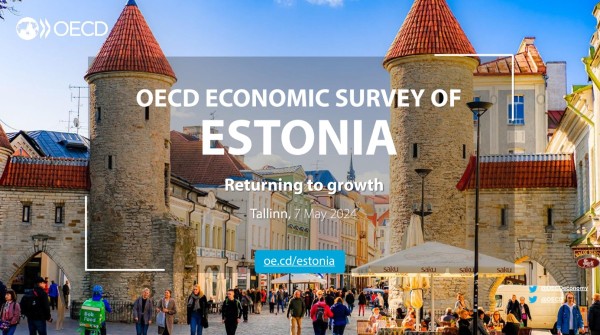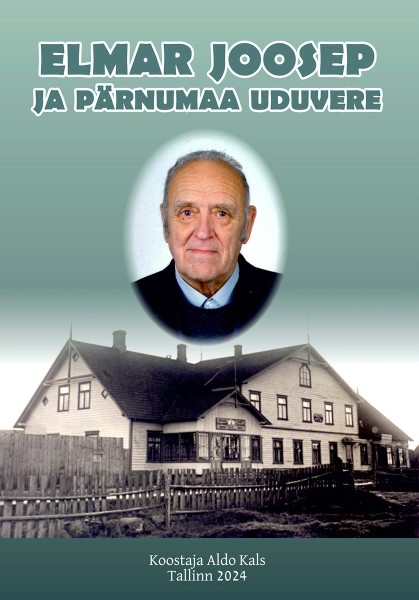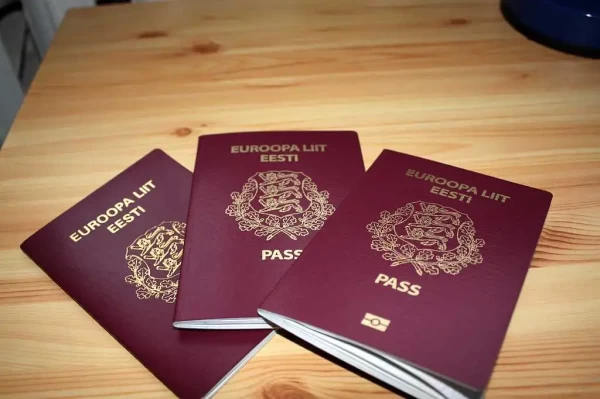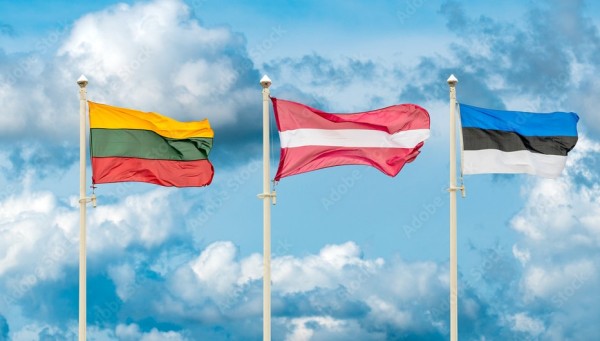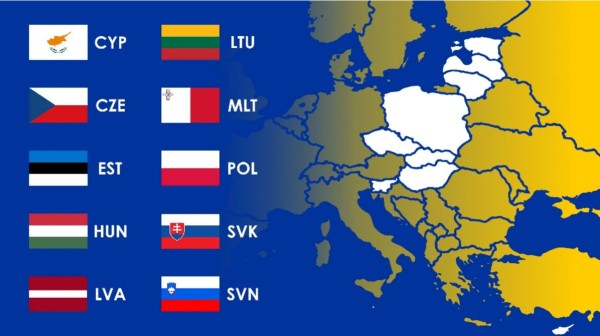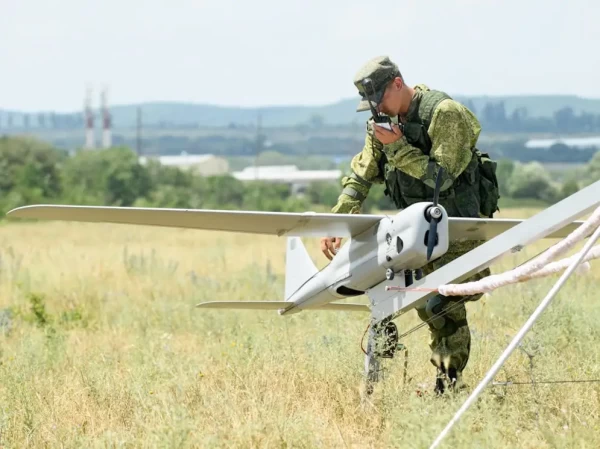It's hard to recall when the elves first came into our lives, but it must have been during our oldest daughter’s second Christmas. The jolly child — who was adorable, with fat apple-red cheeks — would awake in the weeks leading up to Christmas to find some sweet waiting for her in a slipper beside the window. “Oh, päkapikud tulid,” she would mutter to herself on those long-ago mornings, munching on a chocolate, as if it was the most natural thing in the world.
For her, as an Estonian, it was natural.
To me it was strange. Having grown up with different, American traditions, I understood that two tasks were assigned to elves. The first was to observe children in the weeks leading up to Christmas to see if they were deserving of gifts. The second was to spend the rest of their waking hours toiling away in some kind of massive factory at the top of the world to produce those goods. So, espionage and slave labor. Such was the lot of the elves as understood by the Americans.
The Estonian elves were different. Independent, crafty. They were the undisputed Lords of Christmas, to whom everyone else, even Santa Claus, was secondary. The entire Estonian Christmas holiday revolved around their stealthy movements. From the moment the first sweets arrived at the beginning of the advent until the last bites of blood sausage were digested on Christmas, the elves were essentially running the Republic of Estonia. Children would gather and sing songs to revere these tiny gods. “Meil on päkapikud käinud, aga neid me pole näinud …” “Kuidas kõnnib, kuidas kõnnib, väike päkapikk.” “Seal elab päkapikk. Seal elab väike päkapikk. Seal elab päkapikk.”
They were also active in commerce. I will never forget the day I strode into a home goods store in Estonia, only to be greeted by an enormous icon of a wise-looking, red-hatted elf that read, “Päkapikk soovitab” — “The Elf Advises.” The Estonian elves, like the Estonian themselves, were quite resourceful. Not only did they deliver chocolate, but they could advise on sponges, rat poison, moth balls, and the like.
Our nine-year-old daughter has kept me up to date on the activities of the elves this year and I continue to learn more about their habits. For one, I am told that the elves are no longer peddling only in sweets. Some children come to school boasting that the elves have brought toys, even hover-boards. Others get whole boxes of candy, rather than just the traditional one or two pieces. She also knows exactly when the elves arrive. “Well, considering they start at midnight, and have to take care of the Finnish kids before they get to the Estonian kids, I would estimate that they come anywhere between 2:30 AM and 4 AM,” she informed her curious younger sister. When I asked her how she knew that, she scoffed at me. “Huh. Everybody in school knows that.” Selge.
It’s interesting how these children understand intuitively that the Finnish elves and the Estonian elves are connected. I know that it was several years ago when an Icelandic acquaintance mentioned to me in passing that the elves had recently visited her children in Reykjavik, leaving behind the same offerings of chocolates and modest gifts in slippers placed by the windows. As I began to read more about the role that elves have played in ancient nordic pagan beliefs, I understood that elves have been prowling around this part of the world for a long time. It made their appearance in our home, year after year, seem rather precious and sacred.
Source: the author's blog. north!
the elf advises
Eestlased Eestis | 20 Dec 2016 | Justin PetroneEWR
Eestlased Eestis
TRENDING






